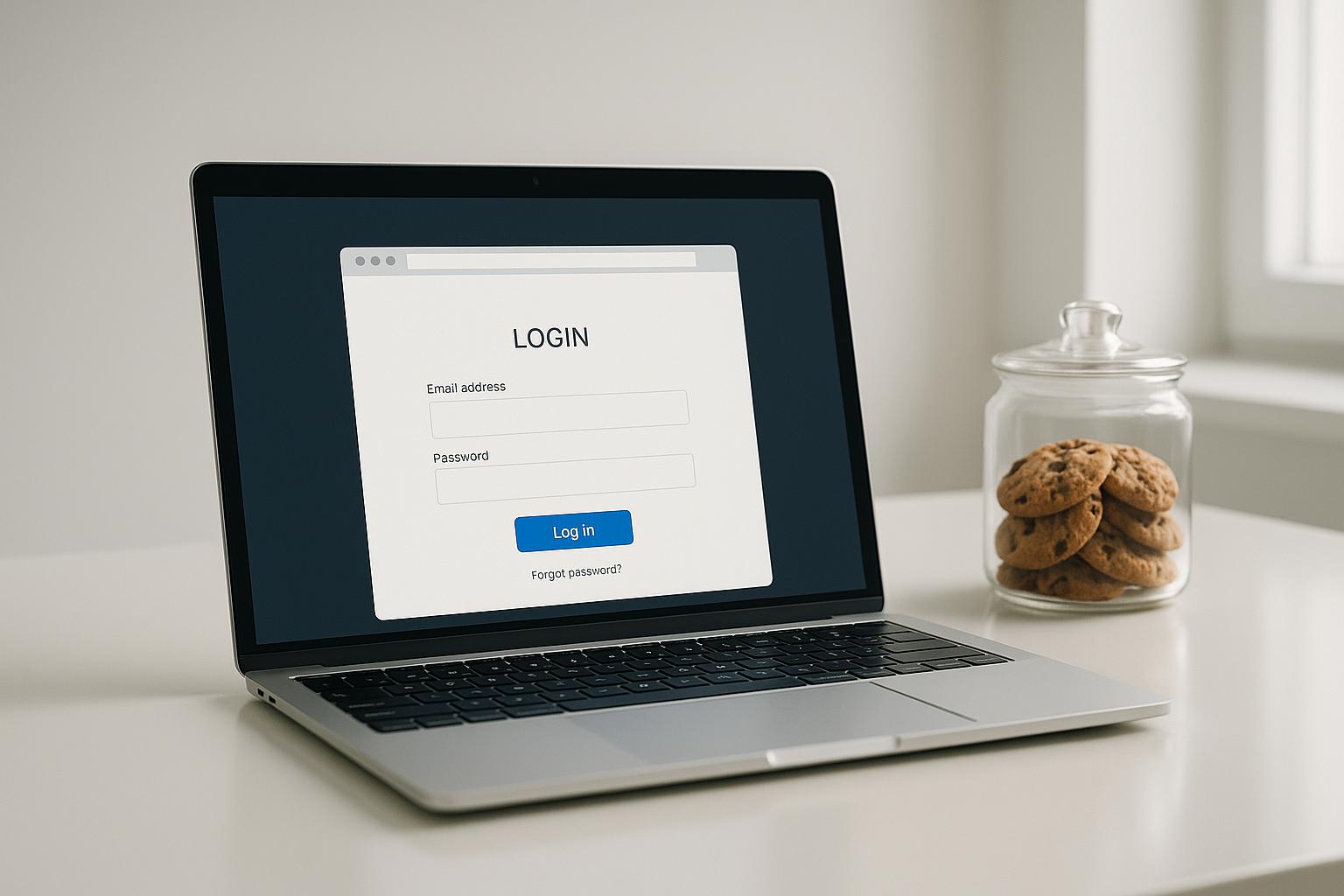A royalty audit verifies if a licensee is paying the correct royalties for using intellectual property (IP) like music, movies, books, and video games. It checks that royalty payments match the agreed contract terms and financial obligations. The five key phases are:
-
Getting Ready
- Review license terms and royalty calculations
- Gather financial documents (statements, royalty reports)
- Set audit goals, scope, and timeline
-
Planning and Risk Assessment
- Identify risk factors (past issues, complex terms)
- Prioritize licenses based on revenue impact and audit history
- Choose audit type: Desk Review (lower cost, limited scope) or Field Audit (thorough, higher cost)
-
Conducting the Audit
- Check royalty calculations against contract terms
- Review sales data for discrepancies and completeness
- Examine expense allocations related to licensed products
- Verify inventory records and returns handling
- Analyze complex scenarios (bundled products, sublicensing)
-
Reporting and Discussing Findings
- Document results in a detailed report
- Share findings with the licensee
- Negotiate adjustments for underreported/unpaid royalties
-
Follow-up and Improvement
- Implement improvements based on audit findings
- Set up regular monitoring and periodic audits
- Update license agreements to address gaps or unclear terms
- Share best practices for accurate royalty reporting
Regular royalty audits protect IP owners’ rights, ensure fair compensation, identify issues, prevent incorrect payments, and improve communication between parties.
Related video from YouTube
Phase 1: Getting Ready
Review License Terms
First, go over your licensing agreements. Look closely at how royalties are calculated, what reports are needed, and any special rules. This will help you spot any issues or areas to focus on during the audit.
Gather Financial Documents
Collect all financial records, including:
- Financial statements
- Royalty reports
- Other important documents
Having these documents will give you a clear picture of your finances and help identify any mistakes or discrepancies.
Set Audit Goals and Scope
Decide what you want to achieve with the audit and which areas to focus on. Having clear goals will keep you on track and ensure the audit is done efficiently.
Create a Timeline
Make a schedule for the audit process, including:
- Preparation time
- Execution period
- Reporting deadline
A timeline will help you manage resources and ensure the audit is completed on time and within budget.
Phase 2: Planning and Risk Assessment
In this phase, evaluate the potential risks associated with each license agreement and prioritize them based on their revenue impact and audit history. Determine the appropriate level of audit required.
Identify Risk Factors
Look for potential risks related to each license agreement, such as:
- Past compliance issues
- Complex agreement terms
Identifying these risk factors will help you focus on the most critical areas that need attention.
Prioritize Licenses
Rank the licenses based on:
- Their potential impact on revenues
- Previous audit findings
Prioritizing licenses ensures you allocate resources efficiently and address the most critical agreements first.
Choose Audit Type
Decide on the type of audit needed based on the risk assessment and priority. The audit type will depend on:
- The level of risk
- The complexity of the agreement
- The available resources
Audit Type Comparison
| Audit Type | Advantages | Disadvantages |
|---|---|---|
| Desk Review | Lower cost, less disruptive, faster results | Limited scope, may miss some issues |
| Field Audit | Thorough review, identifies all issues | Higher cost, more disruptive, time-consuming |
Phase 3: Conducting the Audit
Check Royalty Calculations
Review the licensing agreements to understand the royalty rates, payment terms, and any deductions or allowances. Verify that the licensee has correctly applied the royalty rates to the sales data and that the calculated royalty amounts match the terms.
Review Sales Data
Cross-check the reported sales figures against financial records to identify any discrepancies. Ensure the sales data is complete, accurate, and consistent with the licensee’s financial statements. Analyze sales trends and patterns to spot potential underreporting or misreporting of royalties.
Examine Expense Allocations
Verify that the licensee has correctly allocated expenses related to licensed products/services and that these expenses align with the contractual agreements. Review how expenses are deducted from royalties.
Inventory and Returns Review
| Activity | Purpose |
|---|---|
| Verify inventory records | Ensure inventory is correctly factored into royalty calculations |
| Review product returns handling | Confirm returns are properly accounted for in royalty calculations |
| Assess inventory management practices | Identify potential issues with inventory tracking, storage, or disposal |
Analyze Complex Scenarios
Look into bundled products, sublicensing arrangements, and other complex situations that may impact royalties. Ensure the licensee has correctly reported royalties and that the calculations are accurate and complete for these scenarios.
sbb-itb-738ac1e
Phase 4: Reporting and Discussing Findings
Document the Results
Prepare a detailed report summarizing the audit findings. List any discrepancies found and their impact. The report should:
- Clearly outline the findings
- Identify any underreported or unpaid royalties
- Provide supporting evidence from the audit
The report should be concise yet comprehensive, and include recommendations for corrections or additional payments.
Share and Discuss the Results
Present the findings to the licensee. Address any identified issues and discrepancies professionally and respectfully. The goal is to resolve disputes and find a mutually agreeable solution. Be prepared to:
- Answer questions
- Provide additional information as needed
Negotiate Adjustments
Discuss and agree upon any necessary corrections or additional royalty payments. This may involve negotiating:
- The amount of underreported or unpaid royalties
- The timing and method of payment
Be prepared to provide supporting evidence and rationale for any adjustments. Remain open to finding a mutually beneficial solution.
Report Format Tips
When preparing the audit report, consider the following:
- Use a clear and concise format with headings and subheadings
- Include a summary or executive summary highlighting key findings and recommendations
- Use tables, charts, and graphs to present complex data clearly
- Provide supporting evidence and documentation (invoices, contracts, sales data)
- Use a professional and respectful tone throughout
Phase 5: Follow-up and Improvement
Make Improvements
Based on the audit findings, make changes to improve royalty reporting and auditing processes. Look for areas where you can clarify contract language and streamline procedures. Making these improvements will benefit both parties involved.
Regular Monitoring
Set up regular monitoring and periodic audits to ensure ongoing compliance. Schedule royalty audits at regular intervals as part of your business relationship. This will help identify potential issues and prevent incorrect royalty payments.
Update Contracts
Review and update licensing agreements to address any gaps or unclear terms discovered during the audit. Renegotiate contracts if needed to ensure they accurately reflect the intentions of both parties. If necessary, consider terminating the license agreement.
Best Practices
Share best practices for maintaining accurate royalty reporting and audit readiness. Establish open communication, transparency, and consider involving a third party to build trust throughout the audit process. This will facilitate a smoother and more cooperative experience for everyone involved.
Key Points
| Activity | Purpose |
|---|---|
| Implement improvements | Make changes based on audit findings |
| Ongoing monitoring | Set up regular audits and monitoring |
| Update license agreements | Address gaps or unclear terms |
| Share best practices | Improve communication and transparency |
Conclusion
Key Points
Conducting royalty audits is vital for protecting intellectual property rights and ensuring fair compensation. By following a structured approach, licensors can verify that licensees pay the correct royalties. Regular audits help identify issues, prevent incorrect payments, and improve communication between parties.
Here are the five key phases of a successful royalty audit:
1. Getting Ready
- Review license terms
- Collect financial documents
- Set audit goals and scope
- Establish a timeline
2. Planning and Risk Review
- Identify risk factors
- Prioritize licenses
- Choose an audit type
| Audit Type | Advantages | Disadvantages |
|---|---|---|
| Desk Review | Lower cost, less disruptive, faster results | Limited scope, may miss some issues |
| Field Audit | Thorough review, identifies all issues | Higher cost, more disruptive, time-consuming |
3. Conducting the Audit
- Check royalty calculations
- Review sales data
- Examine expense allocations
- Inventory and returns review
- Analyze complex scenarios
4. Reporting and Discussion
- Document the results
- Share and discuss the results
- Negotiate adjustments
- Report format tips:
- Use clear formatting with headings
- Include a summary of key findings
- Use tables, charts, and graphs
- Provide supporting evidence
- Use a professional tone
5. Follow-up and Improvement
- Implement improvements
- Set up regular monitoring
- Update license agreements
- Share best practices
| Activity | Purpose |
|---|---|
| Implement improvements | Make changes based on audit findings |
| Ongoing monitoring | Set up regular audits and monitoring |
| Update license agreements | Address gaps or unclear terms |
| Share best practices | Improve communication and transparency |
FAQs
How do I audit royalties?
To check if a licensee is paying the correct royalty fees as agreed in their contract, follow these steps:
- Notify the Audit: Let the licensee know you plan to audit their royalty payments.
- Hire an Independent Auditor: Bring in an outside accountant to conduct the audit impartially.
- Kick-off Meeting: Have an initial call with the auditor to discuss the scope, timeline, and goals.
- Request Documents: Ask the licensee for financial records, sales data, and royalty reports.
- Conduct Testing: The auditor will thoroughly examine the licensee’s records, either on-site or remotely, to verify royalty calculations and identify any discrepancies.
Key Points
- An audit checks if the licensee paid the proper royalty fees per their agreement
- Notify the licensee beforehand of your intent to audit
- Hire an independent, outside auditor to review impartially
- The auditor will request and analyze financial documents from the licensee
- Testing verifies royalty calculations match the contract terms

